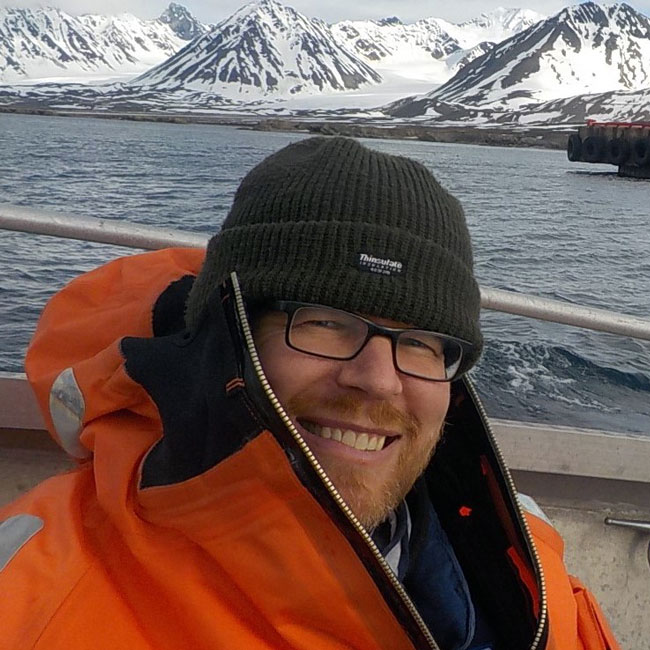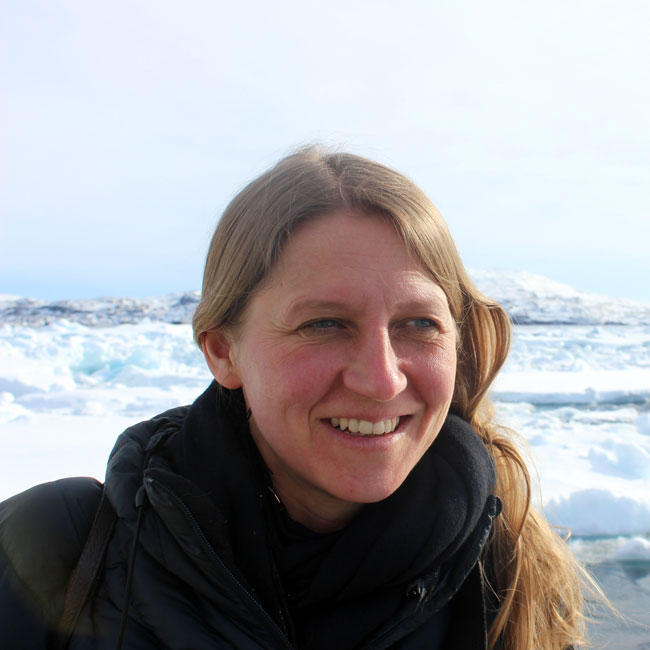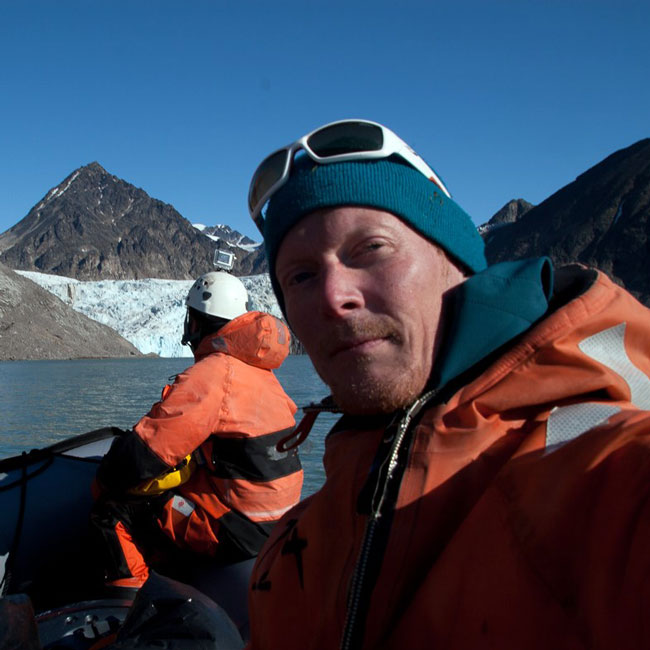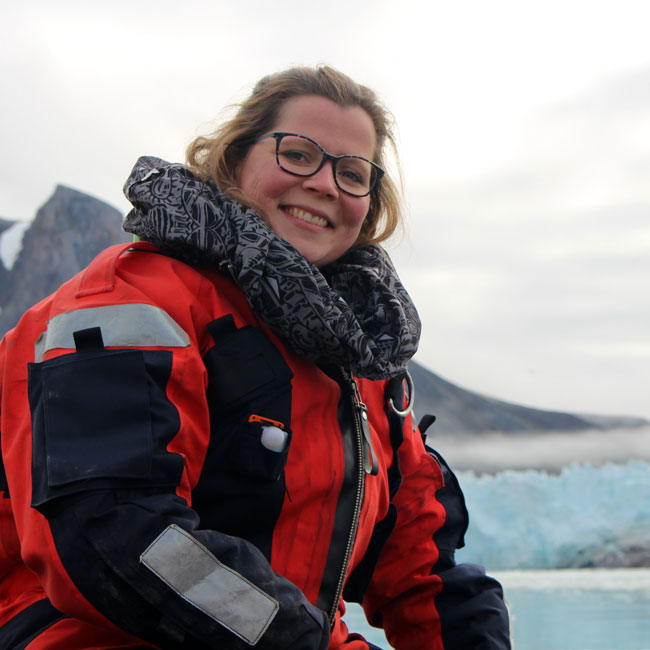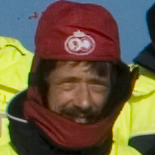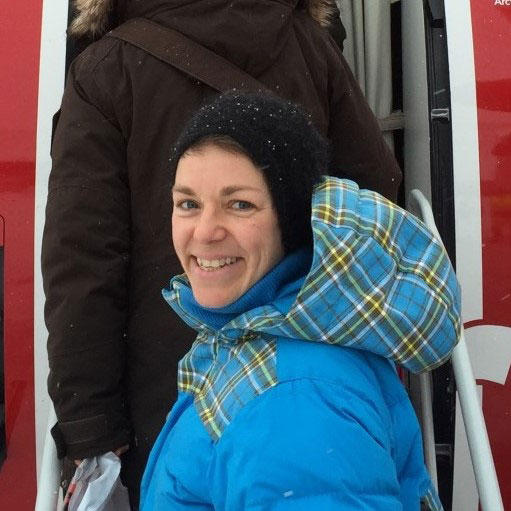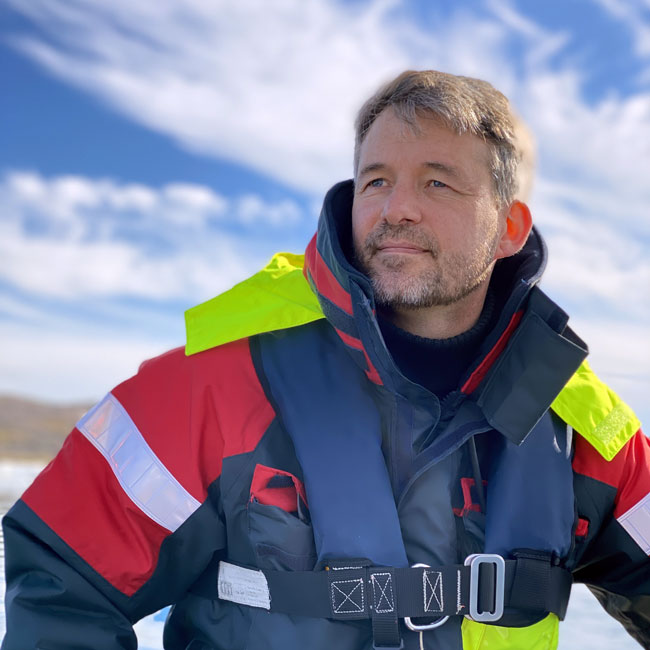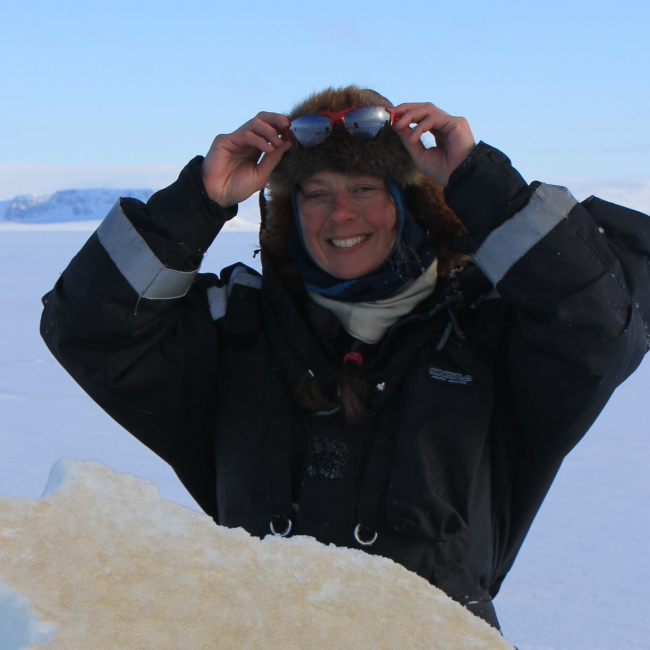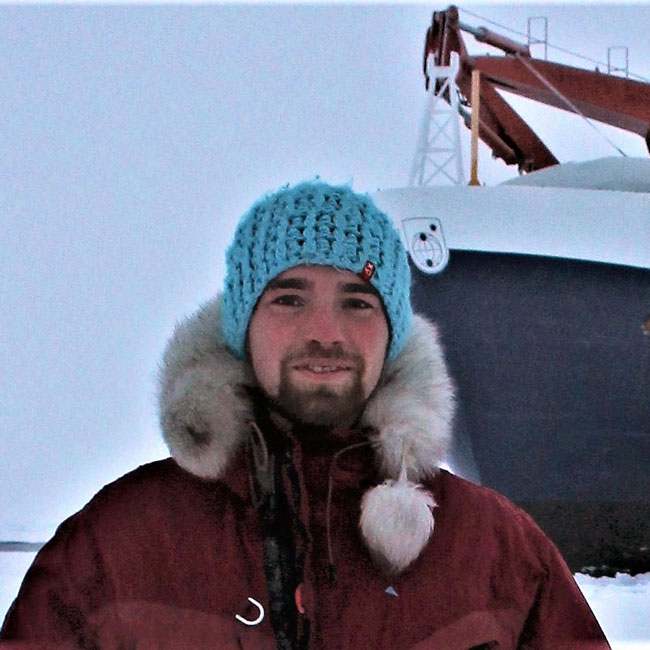Drivers of Change in Arctic Fjord Socio-ecological Systems: Examples from the European Arctic
[Published 13 January 2023]
Scientific Publications
Abstract
Fjord systems are transition zones between land and sea, resulting in complex and dynamic environments. They are of particular interest in the Arctic as they harbour ecosystems inhabited by a rich range of species and provide many societal benefits. The key drivers of change in European Arctic (i.e. Greenland, Svalbard, and Northern Norway) fjord socioecological systems are reviewed here, structured into five categories: cryosphere (sea-ice, glacier mass balance, glacial and riverine discharge), physics (seawater temperature, salinity, light), chemistry (carbonate system, nutrients), biology (primary production, biomass, species richness), and social (governance, tourism, fisheries). The data available for the past and present state of these drivers, as well as future model projections, are analysed in a companion paper. Changes to the two drivers at the base of most interactions within fjords, seawater temperature and glacier mass balance, will have the most significant and profound consequences on the future of European Arctic fjords. This is because even though governance may be effective at mitigating/adapting to local disruptions caused by the changing climate, there is possibly nothing that can be done to halt the melting of glaciers, the warming of fjord waters, and all of the downstream consequences that these two changes will have. This review provides the first transdisciplinary synthesis of the interactions between the drivers of change within Arctic fjord socio-ecological systems. Knowledge of what these drivers of change are, and how they interact with one another, should provide more expedient focus for future research on the needs of adapting to a changing Arctic.
FACE-IT Scientists:
Robert Schlegel
Sorbonne Université – CNRS, Laboratoire d’Océanographie de Villefranche, Villefranche sur Mer, France
The Ocean Code
Role in FACE-IT:
• Researcher "Identify Key Drivers and Data Management"
Inka BARTSCH
Alfred Wegener Institute, Helmholtz Centre for Polar and Marine Research, Bremerhaven, Germany
AWI personal page
Inka’s FACE-IT Projects
Role in FACE-IT:
• Researcher "Biodiversity Changes"
Kai BISCHOF
Marine Botany, University of Bremen, Germany
Center for Marine Environmental Sciences MARUM, University of Bremen, Germany
UBremen personal page
Kai’s FACE-IT Projects
Role in FACE-IT:
• Scientific Coordinator
• Member of the Executive Board
• Co-Leader "Policy Dialogue and Outreach"
• Co-Leader "Project Management"
• Leader "Ethical Requirements"
• Researcher "Biodiversity Changes"
• Researcher "Ecosystem Function Changes"
Lill RASTAD BJøRST
Aalborg University, Copenhagen, Denmark
AAU personal page
Lill’s FACE-IT Projects
Role in FACE-IT:
• Member of the Executive Board
• Co-Leader "Food Provision and Livelihoods"
Halvor DANNEVIG
Western Norway Research Institute, Sogndal, Norway
Norwegian Centre for Sustainable Climate Change Adaptation (Noradapt)
WNRI personal page
Halvor’s FACE-IT Projects
Role in FACE-IT:
• Leader "Nature-based Tourism"
Nora DIEHL
Marine Botany, University of Bremen, Germany
ResearchGate
Nora’s FACE-IT Projects
Role in FACE-IT:
• Researcher "Biodiversity Changes"
• Researcher "Ecosystem Function Changes"
Grete K. HOVELSRUD
Nordland Research Institute, Bodø, Norway
Nord University, Bodø, Norway
Center for International Climate Research Oslo – CICERO, Oslo, Norway
Grete’s FACE-IT Projects I
Grete’s FACE-IT Projects II
Role in FACE-IT:
• Member of the Executive Board
• Leader "Transdisciplinary Synthesis"
• Researcher "Identify Key Drivers and Data Management"
• Researcher "Food Provision and Livelihoods"
• Researcher "Nature-based Tourism"
Thomas JUUL-PEDERSEN
Greenland Institute of Natural Resources, Greenland Climate Research Centre (GCRC), Nuuk, Greenland
GCRC personal page
Thomas’ FACE-IT Projects
Role in FACE-IT:
• Researcher "Ecosystem Function Changes"
Anaïs LEBRUN
Sorbonne Université – CNRS, Laboratoire d’Océanographie de Villefranche, Villefranche sur Mer, France
ResearchGate
Role in FACE-IT:
• PhD student "Biodiversity Changes"
Cale MILLER
Sorbonne Université – CNRS, Laboratoire d’Océanographie de Villefranche, Villefranche sur Mer, France
Cale’s FACE-IT Projects
Role in FACE-IT:
• Researcher "Biodiversity Changes"
Carina REN
Aalborg University, Aalborg, Denmark
AAU personal page
Role in FACE-IT:
• Researcher "Food Provision and Livelihoods"
• Researcher "Nature-based Tourism"
Mikael K. SEJR
Arctic Research Centre, Aquatic Biology, Department of Biology, Denmark
AU personal page
Role in FACE-IT:
• Researcher "Biodiversity Changes"
Janne E. Søreide
University Centre in Svalbard (UNIS), Longyearbyen, Norway
ResearchGate
Janne’s FACE-IT Projects
Role in FACE-IT:
• Researcher "Biodiversity Changes"
Tobias Reiner VONNAHME
Greenland Institute of Natural Resources, Greenland Climate Research Centre (GCRC), Nuuk, Greenland
Tobias’ FACE-IT Projects
Role in FACE-IT:
• Researcher "Biodiversity Changes"
• Researcher "Ecosystem Function Changes"
Jean-Pierre GATTUSO
Sorbonne Université – CNRS, Laboratoire d’Océanographie de Villefranche, Villefranche sur Mer, France
Personal page
Mastodon
Role in FACE-IT:
• Member of the Executive Board
• Leader "Identify Key Drivers and Data Management"



